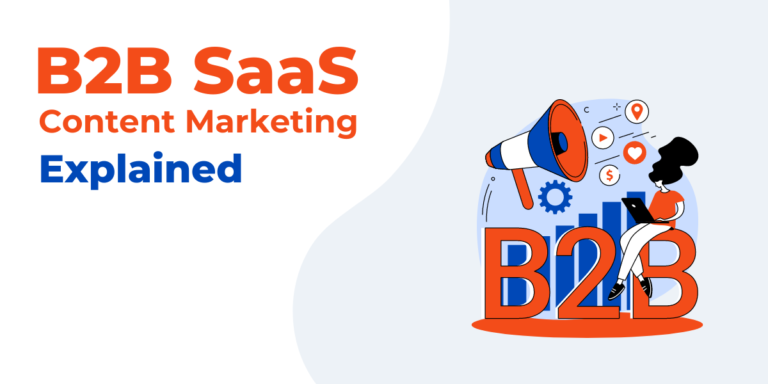AI SEO And Generative Engine Optimization Expert.
I offer full-scale SEO and Generative Engine Optimization services to startups, SMEs and local businesses. Build your brand visibility in search and AI engines.

Clutch

Upwork

Fiverr

UpCity
As Seen On!
Got featured on renowned journals.
Best AI SEO and Generative Engine Optimization Services You Need!
Bring Your Business To Visibility.
I implement clear and actionable strategies to get enhanced visibility and business growth.
My Services Include:
sEO
I craft comprehensive strategies to increase your website’s organic traffic, improving your search rankings and online visibility on a global scale.
GEO
I optimize your brand and content to appear accurately and prominently in AI-driven search results and chatbots, securing your presence in the future of search.
Squarespace SEO
My Squarespace SEO services include On-Page, Off-Page and technical SEO curated for your business or e-commerce website. Drive more traffic, leads and sales.
WordPress SEO
I provide deep technical and content optimization specifically for WordPress sites, ensuring they are fast, crawlable, and highly ranked in competitive markets.
Local SEO
I help your business dominate local search results, driving more foot traffic and phone calls from customers in your specific geographic area.
SEO Content Writing
Generic content sucks! I will write SEO content, articles and blog posts for your website. That will be optimized for search engines and readers .
AI SEO And Generatic Engine Optimization Services That Drive Result!
I am an experienced AI SEO and GEO optimization expert who implements actionable plans that get you ranked today.

Why Me?
I Focus On Quality Rather Than Quantity
Your go-to expert for all SEO and GEO optimization needs with 5+ years of experience.
100%
Client Satisfaction
60+
Projects Completed
Testimonials Earned!
Clients Speak About My AI SEO And GEO Services.
Bring Your Ideas To Life!
Your business deserves to be found online. Let’s work together to unlock your full potential with a customized, data-driven growth plan.
Latest From Blog:
-
SEO Analytics: Step By Step Guide And Tools
SEO without analytics is just a waste of time. Constantly changing Search Engine algorithms need updated SEO strategies. So…
-
Guest Posting Vs Niche Edits: Which One Is Better?
Most businesses adopt an omnichannel marketing strategy including PPC advertising social media and search engine optimization. With the evolution…
-
What Is The Importance Of Website Design In SEO?
Creating a website is the first step toward putting yourself on the virtual map. A website is your starting…
-
SaaS Content Marketing: An Ultimate Guide To Learn
Content marketing is important for B2B businesses in order to maintain a significant online presence. Adapting the new trends…
Frequently Asked Questions.
What People Ask About AI SEO And GEO Expert Services?
Got a Question?
Submit your inquiries related to my AI SEO and Generative Engine Optimization services by filling the contact form or using the below methods.
















